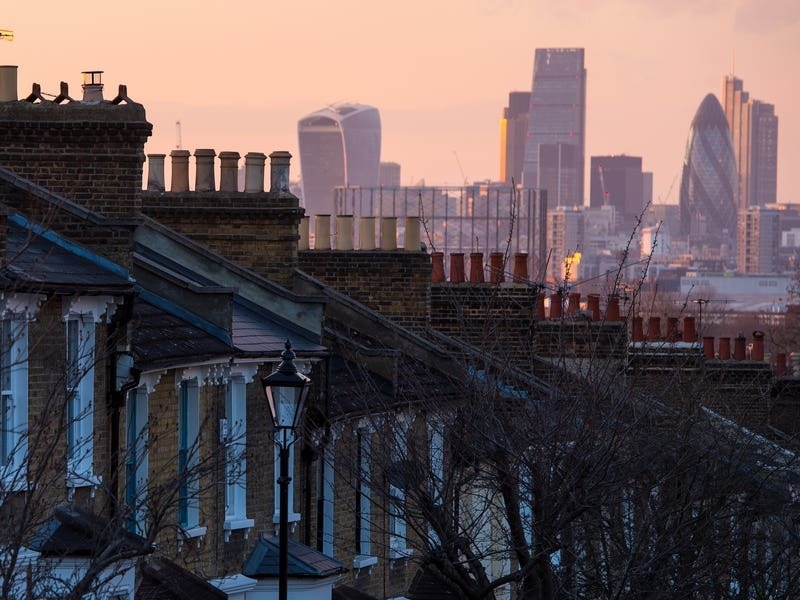Aviation consultants Aeronautical Services and Procedures say that the building meets height-clearance requirements and poses a lower risk than an aircraft flying into the runway itself.
They state that there is no need to introduce more stringent safety requirements which would limit flying in bad weather.
Asked on 10 June to respond to questions on the report, a Ports’ spokesman said that he would ‘collate responses’ by the following day.
Approached again a week later, the spokesman undertook to provide a reply by the end of the day but, more than a week after that, no comment has been received.
Last week Environment Minister Deputy John Young asked Ports not to proceed with demolition of the 1937 building until his department had received more information from the director of civil aviation, Dominic Lazarus, the airport regulator.
Aeronautical Services and Procedures (ASAP) were commissioned by Save Jersey’s Heritage to provide a report examining whether the 1937 terminal building, used today as the arrivals hall, posed a safety risk.
That risk had been used to justify demolishing what the Planning Department described as ‘an important building’.
‘In normal circumstances, the demolition of such a building “would not be countenanced,” minutes of a Planning and Environment ministerial hearing say.
However, the then-Environment Minister Rob Duhamel was persuaded that the building had to be removed for safety reasons and he granted permission to demolish it in 2014.
The building intrudes into a technical area called the ‘transitional surface’ which climbs at right angles to the runway. A previous regulator told Jersey Airport that unless they made provision to demolish the building, decision-height restrictions would be introduced that would have a significant effect on the Airport’s operation.
However, the ASAP report pointed out that the Airport Control Tower also fell within the same transitional surface. It said that increased safety requirements were unnecessary and it also cast doubt on claims made by the Airport that they would be able to accommodate a greater degree of automated (Category II) landings in future.
On 14 July the States will debate a proposition from Deputy Russell
Labey, chairman of the Planning Committee, asking Ports to review the £42m Airport redevelopment and to give consideration to retaining and incorporating the historic terminal building into any revised plans.
In response to the report, the JEP asked Ports a series of questions:
- Did it have its own risk study and, if so, could it be made available for comparative purposes?
- What is Jersey Airport’s response to the assertion that the 1937 building makes no difference to take-off and landing in bad weather?
- What is its response to the assertion that more stringent safety requirements are not needed?
- Does the Airport have a report which states
that Category II operations cannot be accommodated? Does it remain valid?
- Does the ASAP report alter the situation with regard to the terminal building?






